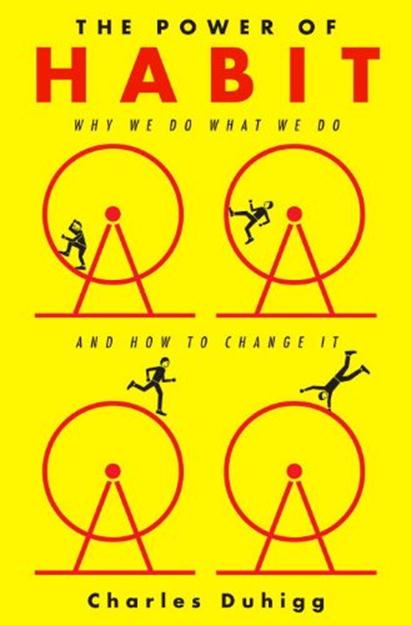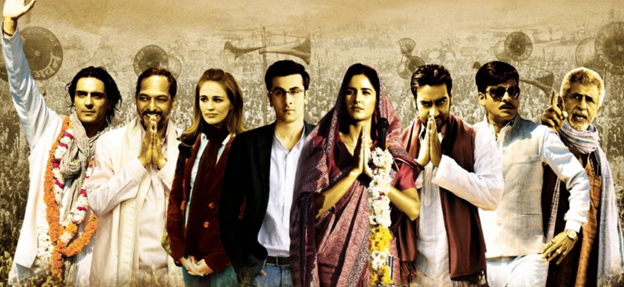Can Amazon Reviewers Compete With The Experts?
May 21, 2012 in Daily Bulletin

How do the reviews critics offer differ from the popular opinion of Amazon review scores written by individuals? One study sought to find out and Alison Flood reported on the results:
- In aggregate, professional viewers and Amazon reviews agreed about the quality of a book.
- This is despite the fact that there is no quality assurance in Amazon reviews and that they can easily be gamed.
- In fact, at times it appears that Amazon reviews are better evaluators of quality. Professional reviewers are more likely to give prizewinning authors or those with a lot of media attention better reviews.
- Amazon reviews are also good at identifying good books written by authors that aren’t well known.
- Media outlets are also more likely to review, and give better reviews to books written by their own journalists.
To read details of how the study was conducted, what one expert reviewer thinks it takes to be a good reviewer, and some other conclusions from the study, click here.
Source: The Guardian
Via: Marginal Revolution









Join the Discussion! (No Signup Required)